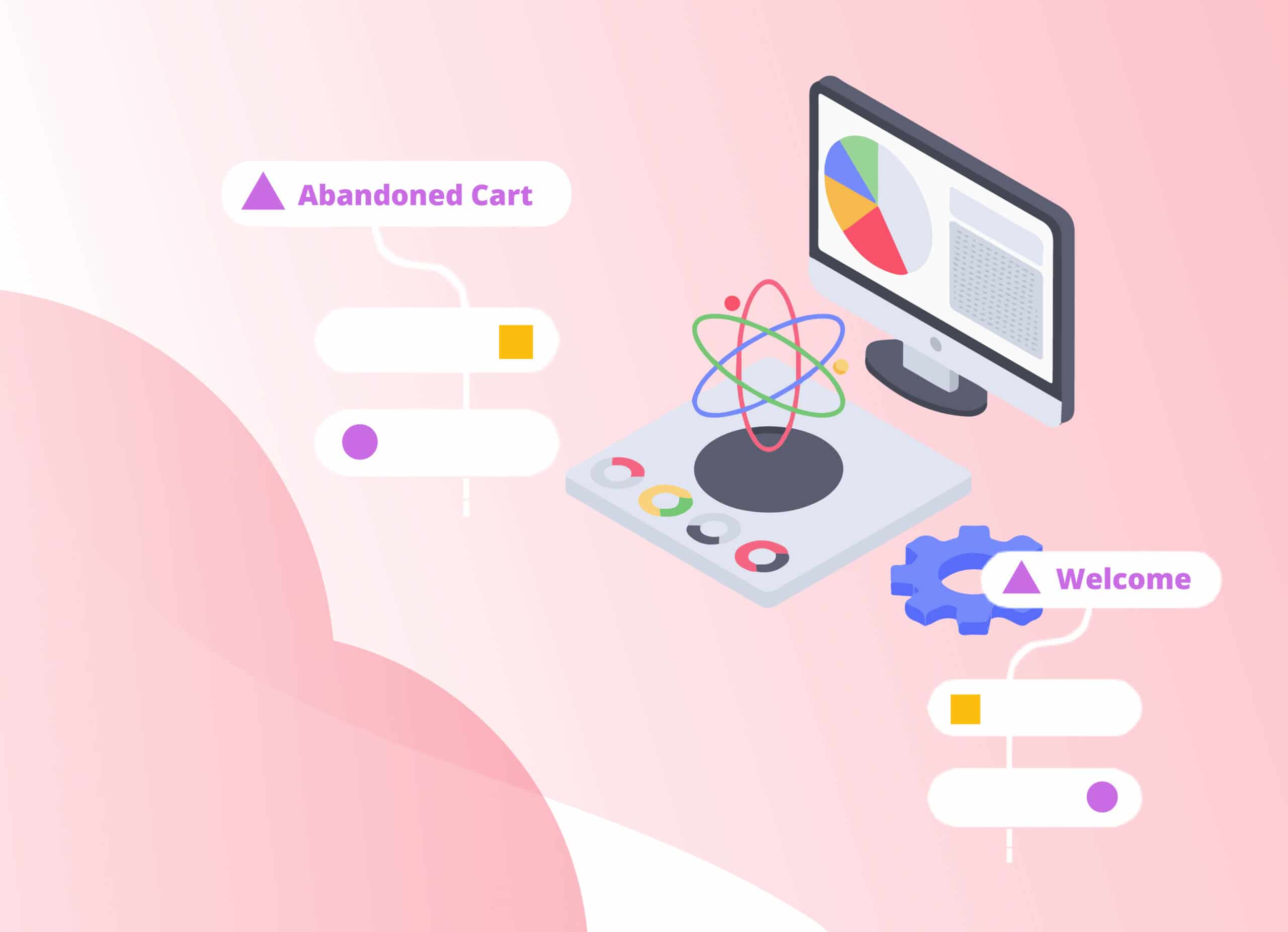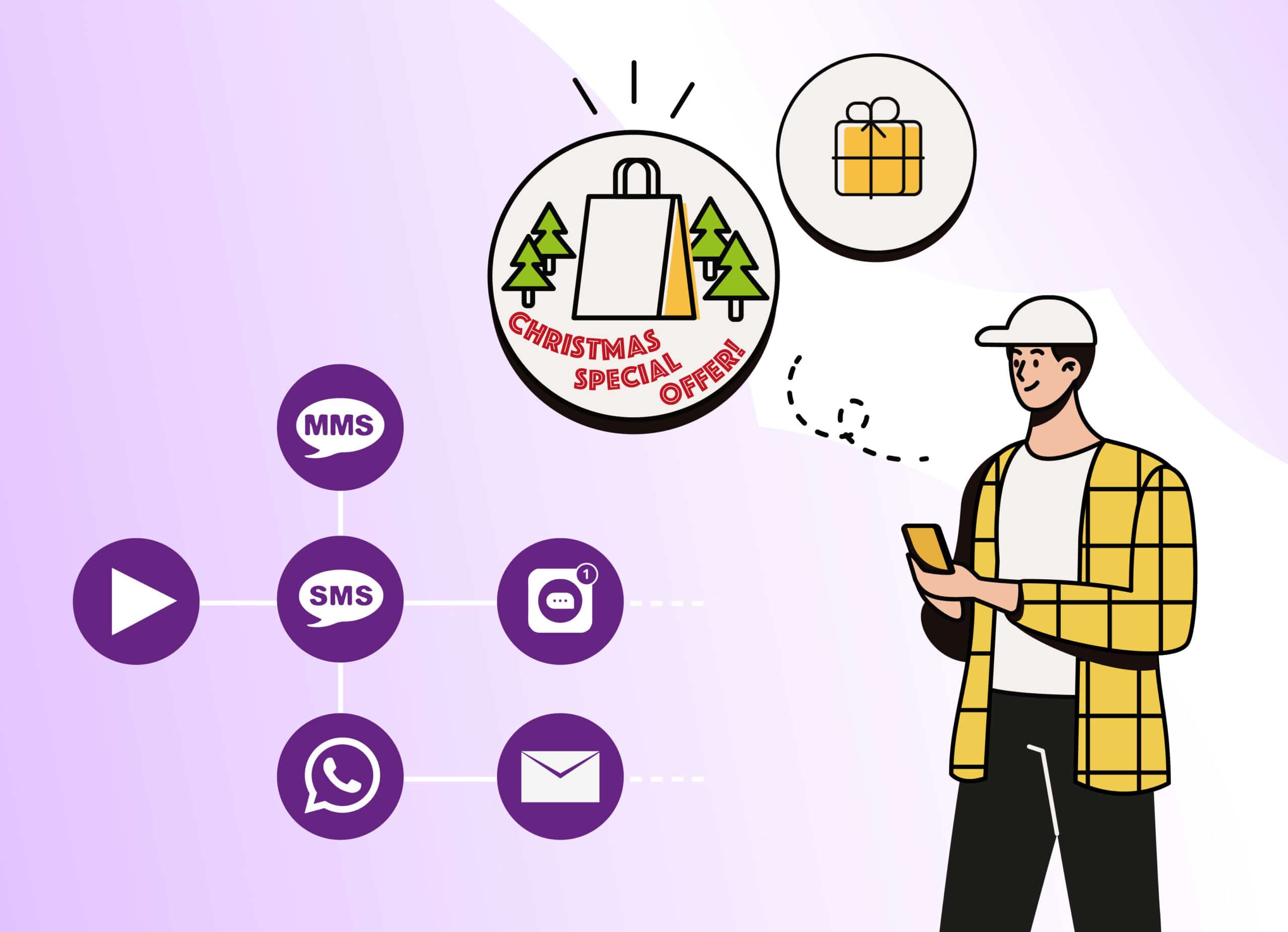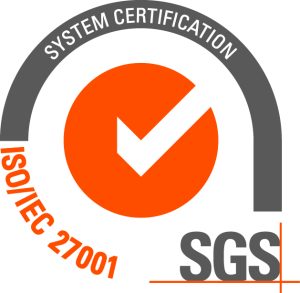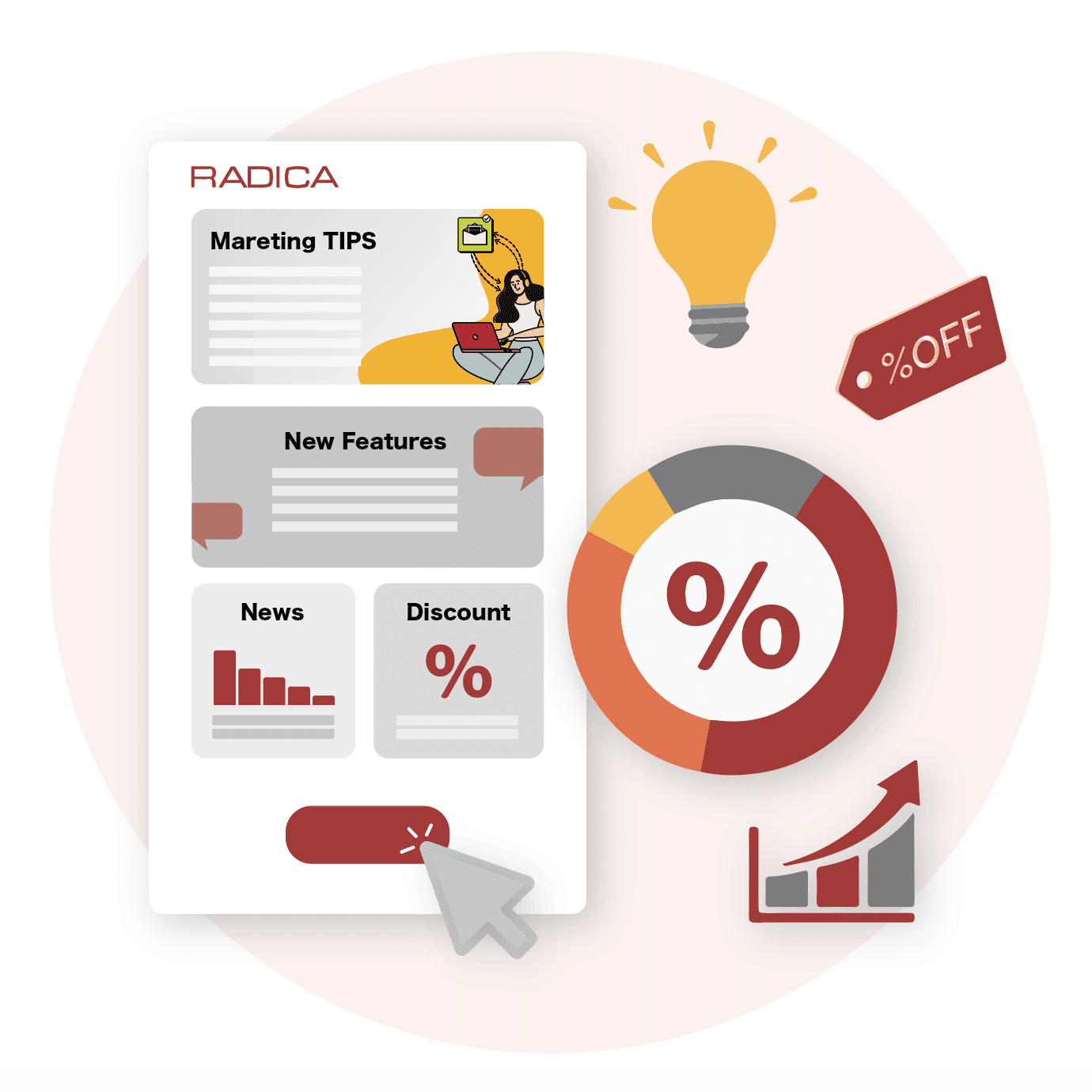
World Events such as COVID-19 have jolted consumer shifts, from accelerating E-commerce, increasing online spending, to ushering in an unprecedented level of channel switching and brand loyalty disruption, increasing the demand of Gen-Z and Millennials for brands that reflects their values. According to Mckinsey, 71% of consumers expect companies to deliver personalized interactions, and 76% get frustrated when this doesn’t happen.
As consumers’ behavior has shifted, marketers are now facing with challenges on how to provide a refined customer e-experience. For instance, not knowing the right products and services to recommend to every customer due to difficulties keeping up with their ever-changing preferences. Having uncertainties on which engagement channels will prove effective or having only Email as an engagement channel yielding low engagement rates. These levels of customer experience not being met will lead to campaign close to futile, low conversions, and profit loss.
Today, Marketing Automation is streamlining efforts to enhance sales output by enriching customer experience.
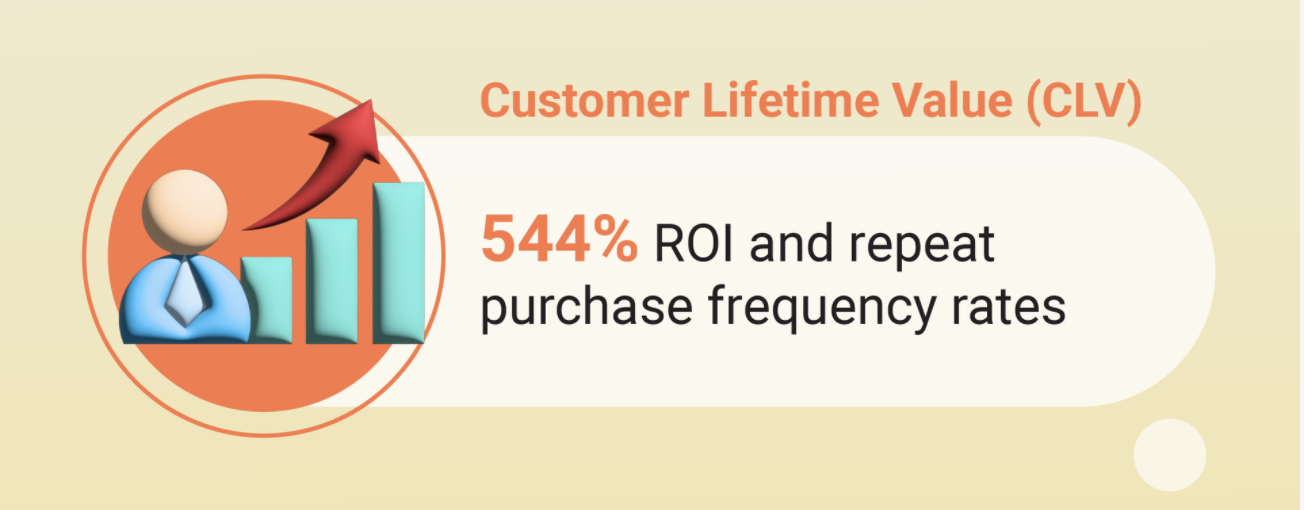
Customer Lifetime Value (CLV) represents the calculated amount of net profit your businesses can make from every customer’s account over your average customer lifespan.
With Marketing Automation, your e-campaigns are sent to the right customer, at the right time with the right message, ensuring a personalized customer experience.
This effectively boosts repeat purchase frequency rates. For instance, by automating emails or SMS reminders to customers 2 weeks before running low on a cosmetic product with an average use span of 2 months, you can boost this customer’s repeat purchase frequency rate up to 600%. According to DemandSage, the ROI generated by the marketing automation is 544% per US dollar spent.
Customer Lifetime Value is a core essence of any stable business. It impacts your business bottom line, demonstrates how satisfied your customers are, maintains cash flow and even allows better practice of intelligent acquisition. Although in competitive world today, there are other factors besides CLV that drive a successful business. Let’s dig in further!
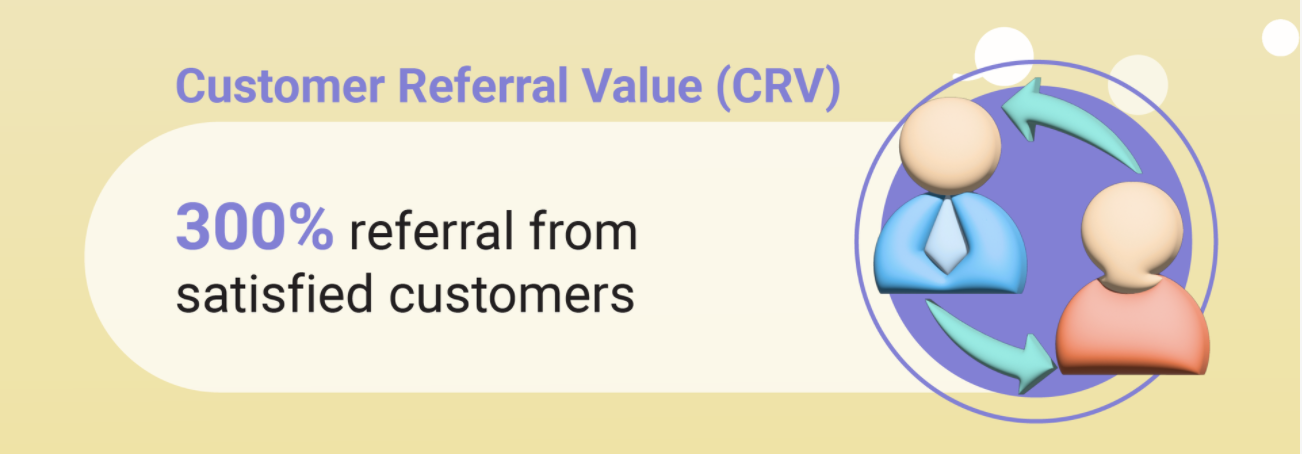
Customer Referral Value (CRV) is the amount of business generated by customers that can act as ambassadors with monetary gains through referral programs or promotions. A business that wants to identify a customer’s full value would include a measure of that customer’s ability to bring in profitable new customers. It also contributes to CLV by having the customer remain engaged with your brand, with the value of referrals being much higher than generic advertisements.
According to Fourthsource, 83% of satisfied customers are willing to refer products and services but only 29% actually do, with 90% of referrals happen by word of mouth. Marketing Automation can help to ensure customers receive their rewards in a timely manner and decrease the gap between satisfied customers and referring customers. For instance, an Insurance company can launch automated personalized referral journeys with followed reminder messages to targeted age groups of Life Insurance Customers. Invite their family members and enjoy a waived tenor or other family bundle incentives or claims. Furthermore, newly referred customers of a younger aged group can be targeted to refer newer generations. For every satisfied customers, referrals can bring 3 extra customers, increasing referral monetary rate up to 300% more.
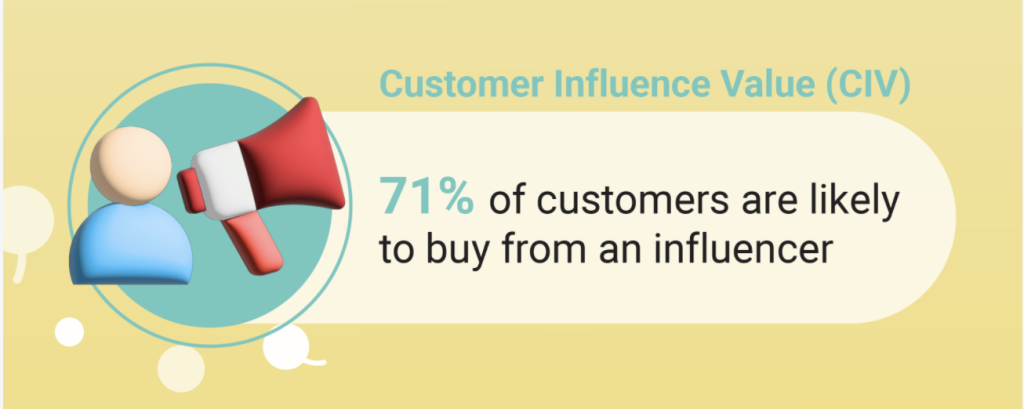
Customer Influence Value (CIV) – compared to CRV, influencers do not focus on monetary gains. They’re customers who have extensive social networks where they share personal experiences and reviews on your products or services, captivating their audiences into your brand. Businesses also leverage customer reviews especially from Key Opinion Leaders (KOLs) and other product or service reviewers.
With Marketing Automation, businesses can lessen significant time searching for influencers and launching campaigns. By authenticating and qualifying influencers, their success stories can be embedded into your personalized brand nurturing content.
Picture a Hospitality Group that is looking into KOL Marketing with numerous prospects to invite. Marketing Automation can simplify the process of sending invitations, package offers and incentives to KOLs to experience your products or services with the intention for KOLs to promote your businesses in their social media channels, allowing your business exposure to a wider market. With automated nurturing campaigns, KOLs will understand the business stories better and also experience the genuine customer journey itself, which will play a significant role on how KOLs will promote your businesses.
According to ColorLib, 50% of Millennials trust influencers on product recommendations whereas 71% of customers are likely to buy from an influencer they trust.
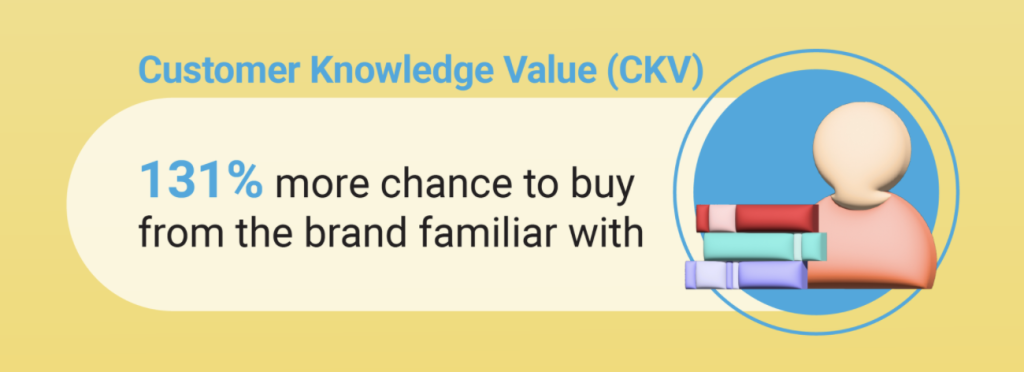
Customer Knowledge Value (CKV) – Understanding the customer experience reveals your product’s strengths and weaknesses and is critical to informing strategy. According to Conductor, there’s a 131% more chance customers will buy from the brands they’re familiar with.
Cross-channel Marketing Automation helps facilitating a data-driven approach that empowers marketers to target their audience with relevant content at every stage of the customer’s journey while also developing valuable insights into customer behaviors, For example, online retail businesses where millions of purchases are happening. The satisfaction scoring forms will be sent to customers after goods are delivered, this helps the businesses to quickly identify the market and proactively address customers by automatically sending follow up messages to customers who provided a lower score in due time, fostering better customer care and loyalty. This speeds up the time collecting mass customer feedbacks and minimizing customer churn rate.
Data from a Harvard Business School study showed that increasing customer retention by just 5% can lead up to a 95% increase in profits. By acquiring and analyzing customer data regularly, companies can stay in tune with customer’s needs and ultimately increase retention.
CLV, CRV, CIV and CKV will always be inter-connected while Marketing Automation plays a pivotal role throughout the stages of the customers’ life-cycle, allowing you to set up and automate the process of different customer journeys that will run on autopilot, saving your precious time.
To show you the light on how to execute Marketing Automation with the four pillars of customer engagement, contact us and let’s talk!

